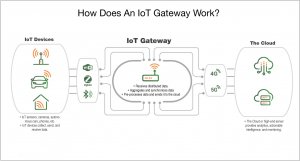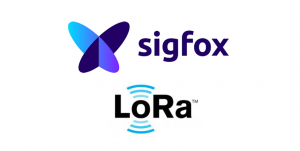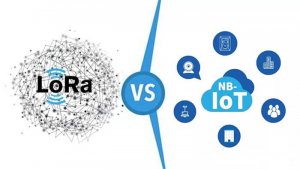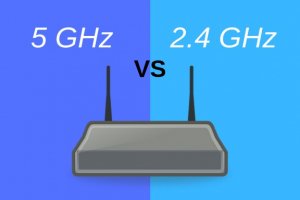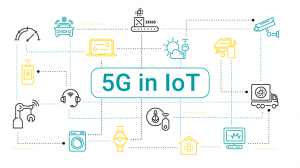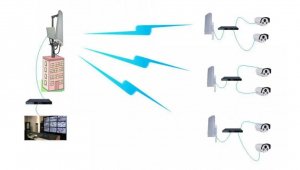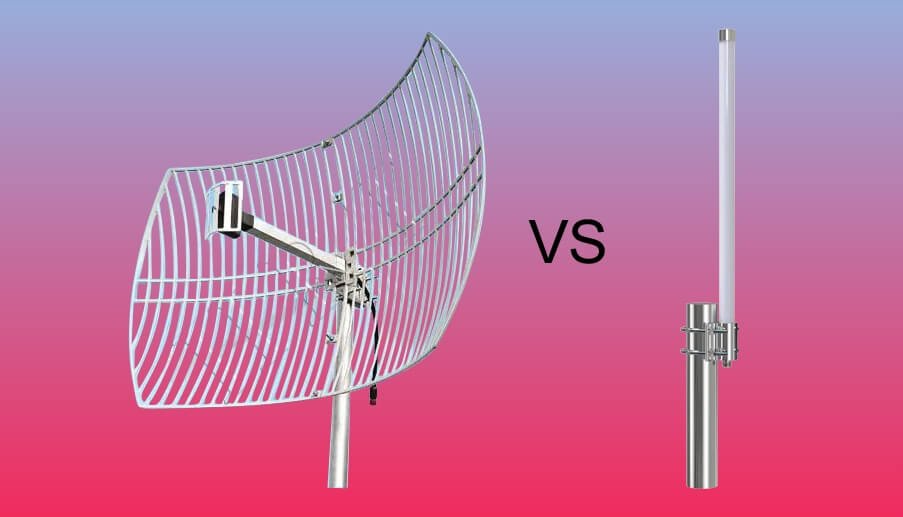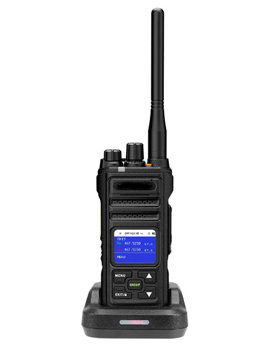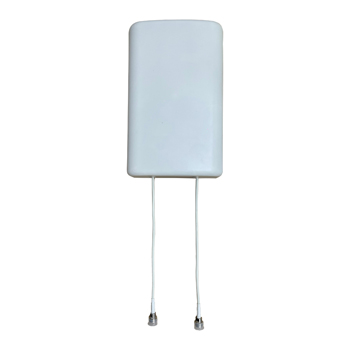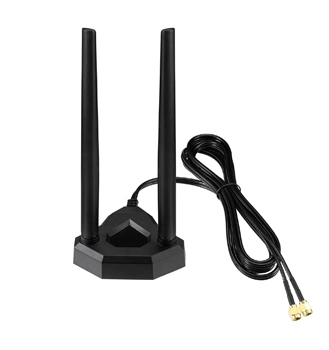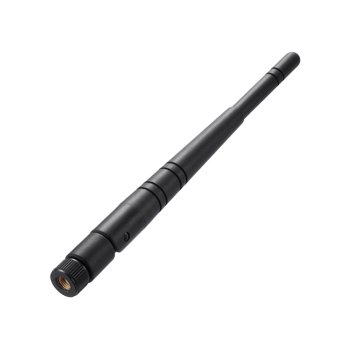
What is a Wireless Local Area Network (WLAN)?
What is WLAN WLAN stands for Wireless LAN network. Two devices can communicate wirelessly by using the WLAN technology. In WLAN there is no cable required between the devices. The devices can communicate by using Wi-Fi and transmit all the data over the Wi-Fi. It’s totally different from the traditional LAN network. Both LAN and Wlan perform the same function but the Lan cable is required between the two devices in order to transmit the data and the WLAN performs the same function without using a cable. It transmits all the data over Wi-Fi. All the new devices come with Wlan technology. All the new devices use the DHCP technology in order to connect the new devices with the main device. Difference between WLANs and Access Points A WLAN (Wireless Local Area Network) allows two or more devices can connect and communicate wirelessly to establish a WLAN within a specific

